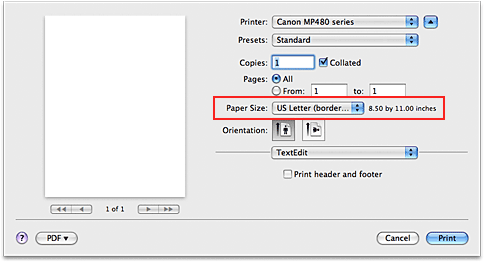Do robots need a Linux or a Mac OS to thrive? Willow Garage sets its open-source software free to attract software developers and help make robots commonplace, but detractors say giving the. Download Walking War Robots on PC (Windows 10, 8.1, 8, 7, XP computer) or MAC APK for Free Walking War Robots is an action mobile game developed by the Russian game company – Pixonic. It is available for Android and iOS devices, but it can be installed on a laptop, MAC or desktop with the help of an Android emulator.
Getting Started: Introduction Concepts Higher-Level Concepts Client Libraries Technical Overview
Contents
What is ROS?
ROS is an open-source, meta-operating system for your robot. It provides the services you would expect from an operating system, including hardware abstraction, low-level device control, implementation of commonly-used functionality, message-passing between processes, and package management. It also provides tools and libraries for obtaining, building, writing, and running code across multiple computers. ROS is similar in some respects to 'robot frameworks,' such as Player, YARP, Orocos, CARMEN, Orca, MOOS, and Microsoft Robotics Studio.
The ROS runtime 'graph' is a peer-to-peer network of processes (potentially distributed across machines) that are loosely coupled using the ROS communication infrastructure. ROS implements several different styles of communication, including synchronous RPC-style communication over services, asynchronous streaming of data over topics, and storage of data on a Parameter Server. These are explained in greater detail in our Conceptual Overview.
ROS is not a realtime framework, though it is possible to integrate ROS with realtime code. The Willow Garage PR2 robot uses a system called pr2_etherCAT, which transports ROS messages in and out of a realtime process. ROS also has seamless integration with the Orocos Real-time Toolkit.
Goals
Mac Os Versions
A lot of people ask, 'How is ROS different from X?' where X is another robotics software platform. It's a difficult question to answer as the goal of ROS is not to be a framework with the most features. Instead, the primary goal of ROS is to support code reuse in robotics research and development. ROS is a distributed framework of processes (aka Nodes) that enables executables to be individually designed and loosely coupled at runtime. These processes can be grouped into Packages and Stacks, which can be easily shared and distributed. ROS also supports a federated system of code Repositories that enable collaboration to be distributed as well. This design, from the filesystem level to the community level, enables independent decisions about development and implementation, but all can be brought together with ROS infrastructure tools.
In support of this primary goal of sharing and collaboration, there are several other goals of the ROS framework:
- Thin: ROS is designed to be as thin as possible -- we won't wrap your main() -- so that code written for ROS can be used with other robot software frameworks. A corollary to this is that ROS is easy to integrate with other robot software frameworks: ROS has already been integrated with OpenRAVE, Orocos, and Player.
- ROS-agnostic libraries: the preferred development model is to write ROS-agnostic libraries with clean functional interfaces.
Language independence: the ROS framework is easy to implement in any modern programming language. We have already implemented it in Python, C++, and Lisp, and we have experimental libraries in Java and Lua.
Easy testing: ROS has a builtin unit/integration test framework called rostest that makes it easy to bring up and tear down test fixtures.
- Scaling: ROS is appropriate for large runtime systems and for large development processes.
So, 'How is ROS different from X?' It's hard to answer for every X, but first, if you choose to use X, we hope that you can still use many of the libraries distributed with ROS. As for more specifics, this e-mail by Brian Gerkey (of both Player and ROS) to the ros-users mailing list regarding the differences between ROS and Player, including OpenCV integration, provides some comparisons:
Operating Systems
ROS currently only runs on Unix-based platforms. Software for ROS is primarily tested on Ubuntu and Mac OS X systems, though the ROS community has been contributing support for Fedora, Gentoo, Arch Linux and other Linux platforms.
While a port to Microsoft Windows for ROS is possible, it has not yet been fully explored.
Releases
Border Robot Mac Os Catalina

The core ROS system, along with useful tools and libraries are regularly released as a ROS Distribution. This distribution is similar to a Linux distribution and provides a set of compatible software for others to use and build upon.
Contributing
As ROS is open source, we hope that you will consider contributing to ROS or libraries that are compatible with ROS. Please see our section on Contributing for more information on how you can participate in the ROS community.
Next

ROS Concepts